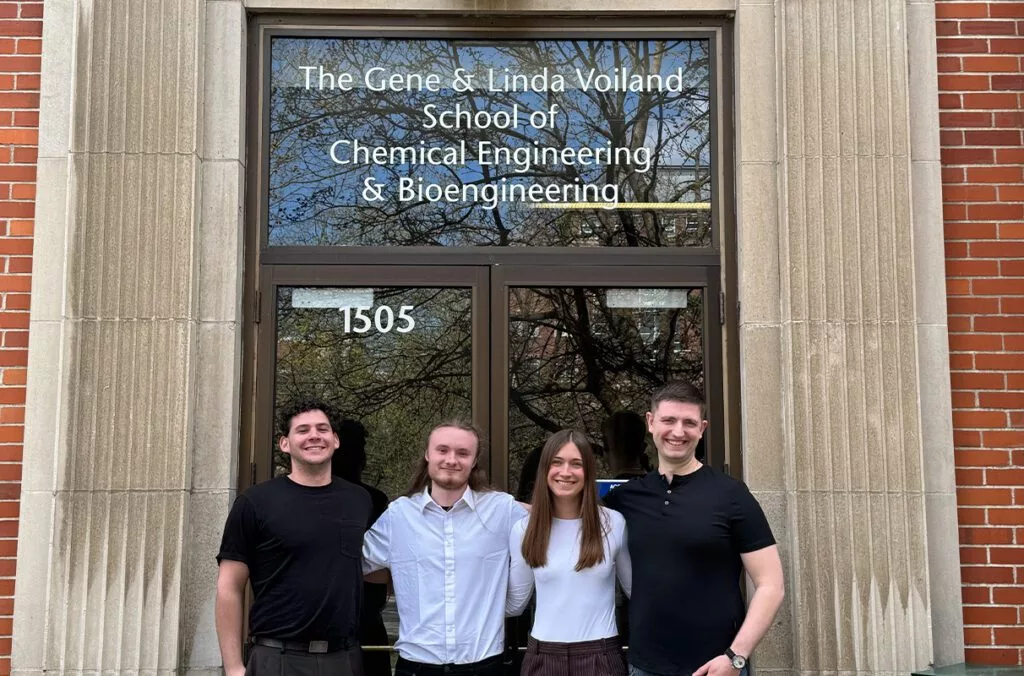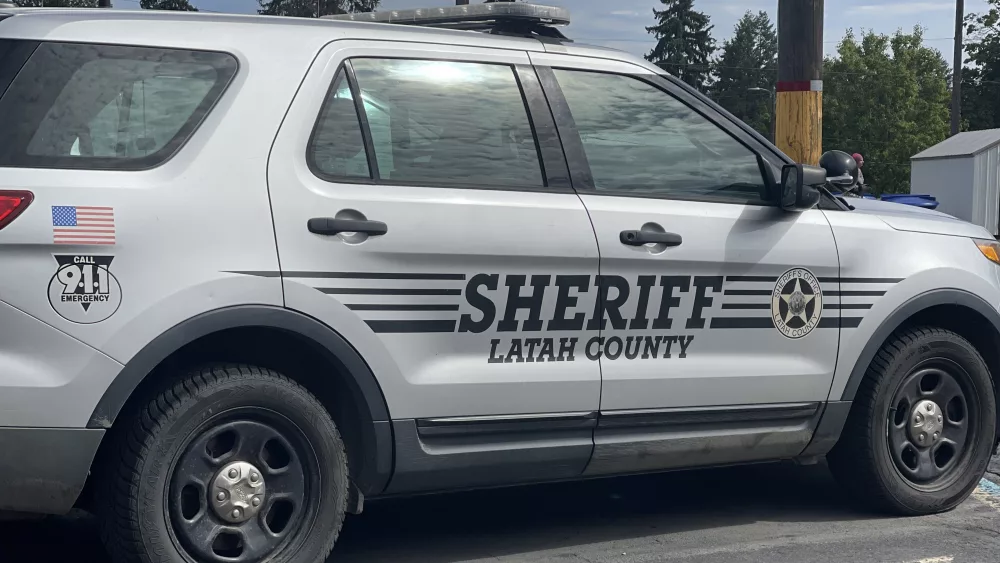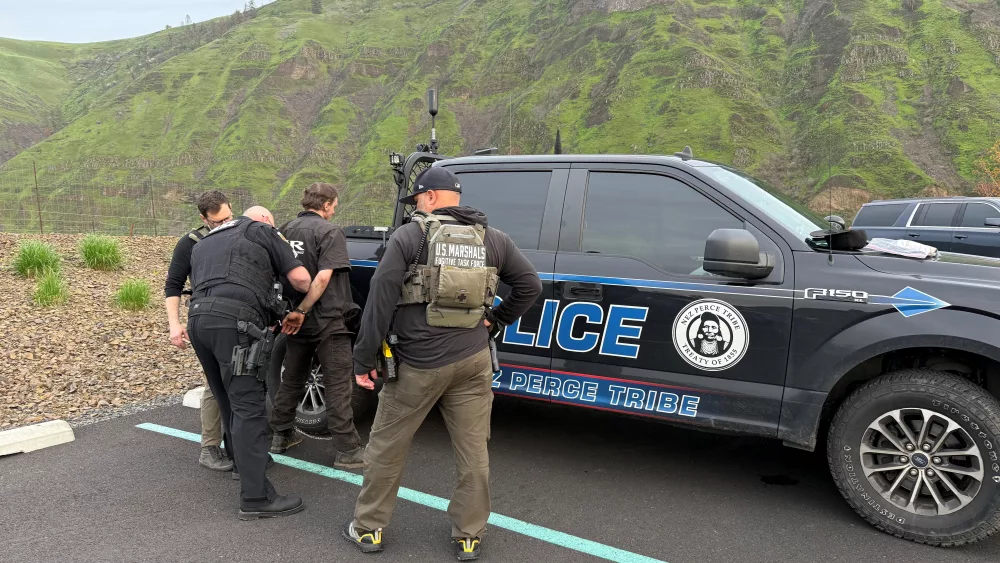PULLMAN, WA – A group of bioengineering students have been developing a portable sensor that aims to quickly detect harmful pathogens in air or water as part of their capstone design project for the Gene and Linda Voiland School of Chemical Engineering.
They will give a presentation on their sensor April 14 in Wegner Hall on the Washington State University Pullman campus.
For Tyler Boies, a senior in bioengineering, the inspiration for the project started several years ago with his work as an emergency medical technician during the Covid pandemic.
During those scary days, a deadly new pathogen had arrived, and the N95 masks meant to keep emergency teams safe were in short supply. Without knowing whether Covid might be in the air or not, the only thing people could do was to wear protective equipment.
“We were not equipped in so many ways,” said Boies, who is developing the sensor along with a cohort of students, including Ori Navah, Kendall Lyons, and Roan Gates. “It’s like we are fundamentally not built for similar major outbreaks right now.”
Testing for pathogens in the environment has traditionally been done using qPCR, or quantitative polymerase chain reaction, testing. While it’s very accurate, qPCR testing takes time and requires sending samples to be analyzed with sophisticated instrumentation in a lab.
“The prohibitive cost of qPCR tests makes them unsuitable for field deployment, rendering them impractical for most real-world applications,” said Boies.
So when researchers look for Covid in sewer systems, for instance, the turnaround time to determine if Covid is present can easily be a few days to a week. Furthermore, there aren’t a lot of labs nationwide that do qPCR testing, so when large disease outbreaks happen, the labs can get overwhelmed with orders.
“The ability to do field deployable testing is kind of a game changer because you don’t have to rely on these labs,”Boies said. “I think this is really important because we don’t have good ways to tell what is going on around us. We don’t have ways of monitoring fluid systems around us for what is contained in them and for looking for pathogens. The purpose of this work is to make looking for pathogen spread easy, fast, and reliable.”
Boies began working as a researcher in the lab of Michael Phelps where they are doing work in environmental DNA research, or extracting DNA material from the environment using the CRISPR gene editing tool.
They soon began exploring the development of a rapid test that could be done in the field using CRISPR technology. Boies has developed an auto sampling system that can filter out DNA or RNA from the environment, test it, and transmit data to the users. He and Phelps have started a company and have a provisional patent on the idea.
They realized that they needed to develop a proof-of-concept project. For the capstone project, Boies and his fellow students are developing a hand-held light detector. The detector can detect a CRISPR reaction and the presence of a pathogen, turning from blue to green light if the pathogen is present. It can either detect whether the pathogen is present, or it could display an actual reading that reflects its concentration.
“The really nice thing about CRISPR is you can teach it to go look for just about anything really easily,” said Boies. “Basically, you feed in a guide sequence and tell it what to look for, and then it can look for pathogens. It can look for any living organism.”
Boies plans to continue work on the project and his company after graduation.
Faculty in the school’s senior design course, meanwhile, are aiming to collaborate more closely on real-world and health-related projects with students in the Elson S. Floyd College of Medicine, said Dmitri Tolkatchev, assistant professor in the Voiland School who teaches the course. The first collaborative teams of medical and bioengineering students are planned for August.
“This initiative stems from the previous successes of our bioengineering students in prototyping medical devices,” he said. “Our teams have developed impactful technologies, including those created in collaboration with Steve Gleason Institute for Neuroscience, whose mission is “to provide education, research, support to all affected by neurodegenerative diseases.” – from the website. Given this strong foundation, we anticipate even greater outcomes from the new collaboration with the Elson S. Floyd College of Medicine.”





